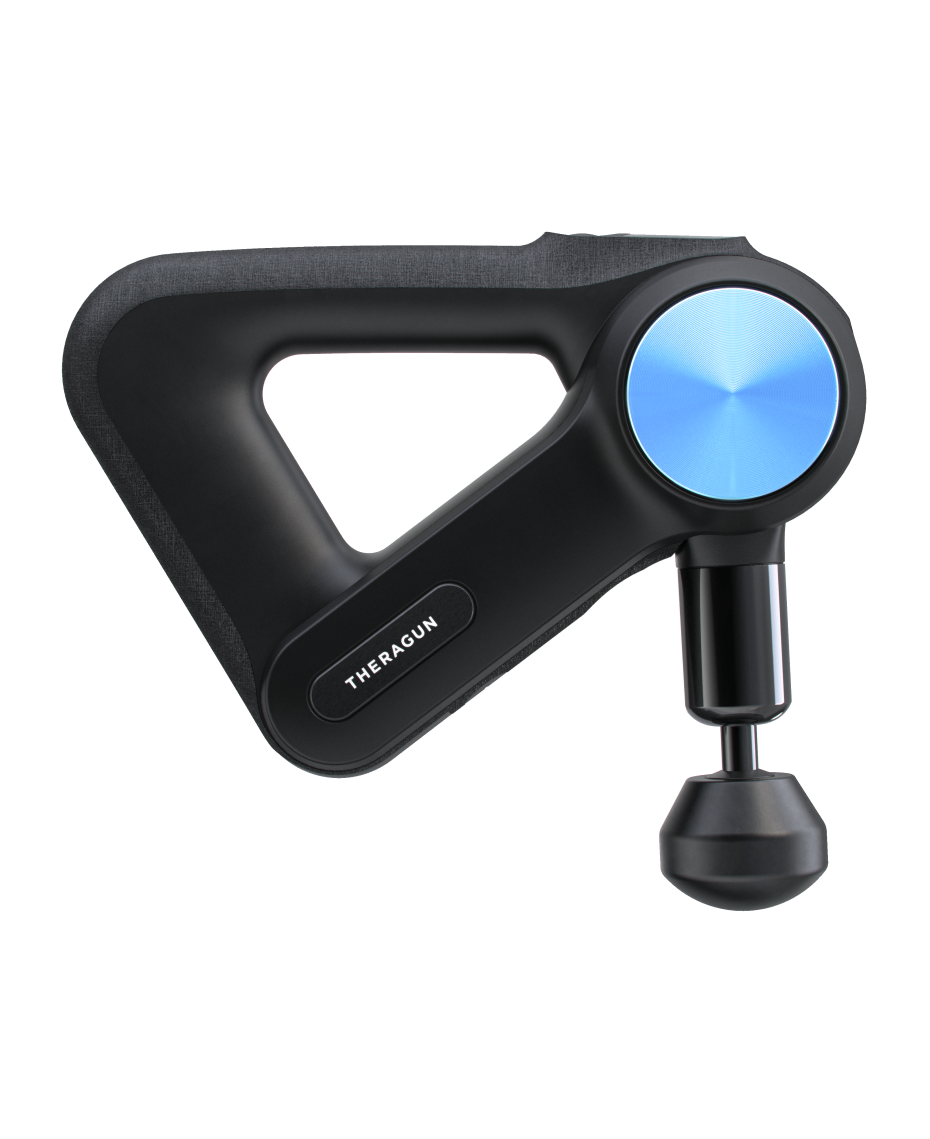Dame Aer – Pressure Wave Suction Toy | Dame Products
A powerful arousal tool for fans of oral stimulation. Aer creates thrilling pulses of air and a soft seal around your clitoris, so you can go all the way, right away.
SPECIFICATIONS
- Medical Grade Silicone
- Waterproof
- 5 Intensity Levels
- 5 Pattern Modes
- Mouth to Back: 1.95”, Height: 4.66″, Width: 1.46″, Flexible Mouth: 0.5″ x 0.8″
- Run time: 1.5 hrs at highest settings
- Charge Time: 2 hrs
- Magnetic USB Rechargeable
- 3 Year Warranty
Includes: Aer vibrator, magnetic USB charging cable, storage bag, and user manual
Additional information
| Mouth to Back | 1.95” |
|---|---|
| Height | 4.66" |
| Width | 1.46" |
| Flexible Mouth | 0.5" x 0.8" |
| Run time | 1.5 hrs at highest settings |
| Charge Time | 2 hrs |




by Robert
My wife has always been the slow burn type – and she does like it that way. That said, sometimes you just want to go straight for the prize, and this toy takes things from zero to 100. Over a decade together and I’ve never seen her climax so quickly. The design and concept seem a bit odd at first glance but it has been worth every penny. Very satisfied customers for life here.
by Alison
Thank you for making this product! My clitoris is pretty sensitive, so I thought this might be overstimulating. It feels amazing, and it has helped take our sex life to the next level!
by Theo
I absolutely love this toy!! My original one was broken so I emailed customer service and they were SO nice and understanding and I got a replacement within the week! The toy itself is sleek and smooth and as a trans masc non-binary person I was a little unsure about how it would work on my body post-testosterone, but it is simply perfect!! Would recommend to any person, especially trans masculine folks who are on testosterone!! The rounded head fits me perfectly 🙂 this is such an inclusive and well-designed toy!!!